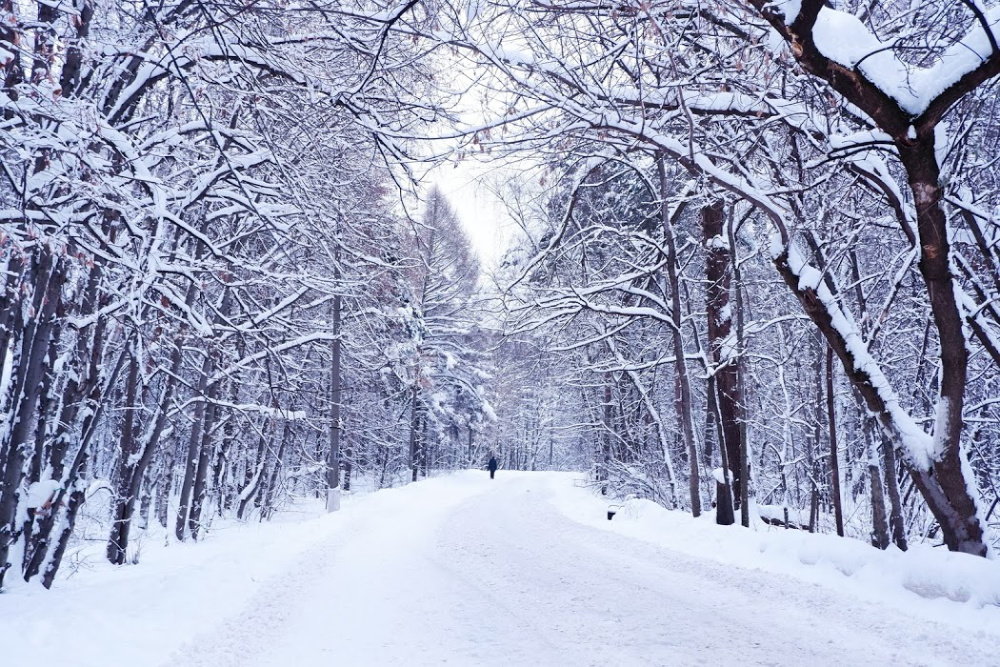A relentless wave of Arctic air is poised to continue its icy grip over the central and eastern United States, bringing with it a series of concerns ranging from heating demands to the risk of frozen pipes, according to AccuWeather’s latest reports.
The cold front, which has already begun to impact the region, is expected to persist through the upcoming week. Weather forecasters warn that this pattern will not only drop temperatures significantly below average but will also see the introduction of additional Arctic air masses that will periodically rejuvenate the cold spell.
“Residents across the central and eastern states should brace for a week of unusually chilly conditions,” said an AccuWeather meteorologist. “We’re looking at temperatures well below historical averages, which could lead to increased heating demands and potential issues with frozen pipes.”
This weather phenomenon is affecting a vast swath of the country, from the Plains eastward, with forecasters predicting that the cold could reach as far south as the Southeast coast. The significant temperature drops are expected to bring overnight lows below freezing, even in areas where such conditions are rare for this time of year.
The cold isn’t coming alone; it’s bringing along snow, ice, and gusty winds that could compound the challenges faced by residents. A widespread storm is forecasted to move into the mid-Atlantic by the start of the workweek, likely leading to hazardous travel conditions due to the combination of snow, sleet, and strong winds.
“Wind gusts could range from 20-35 mph, particularly from Sunday into Monday, making the already cold temperatures feel even more severe due to the wind chill,” the meteorologist added. This wind chill effect can amplify the perceived temperature drop, with RealFeel® temperatures potentially feeling 15 to 30 degrees lower than the actual air temperature.
For those in the warm sector of this storm, the scenario is slightly different, with a risk of severe thunderstorms along the Gulf coast, potentially causing wind gusts that could lead to power outages or property damage.
In preparation for this extended cold period, residents are advised to take precautions:
- Insulate pipes to prevent freezing.
- Check heating systems to ensure they can handle the demand.
- Prepare for power outages by having emergency supplies ready.
- Protect against frostbite with appropriate clothing if going outside.
As this cold pattern is expected to last at least until mid-January, local authorities and utility companies are on high alert, preparing for increased service calls and potential grid strain due to heightened energy consumption.
“We urge everyone to stay informed through local weather updates and prepare accordingly for this prolonged cold snap,” the meteorologist concluded.
This cold spell serves as a stark reminder of the unpredictable nature of winter weather, challenging both residents and infrastructure across the region to adapt to the harsh conditions.

